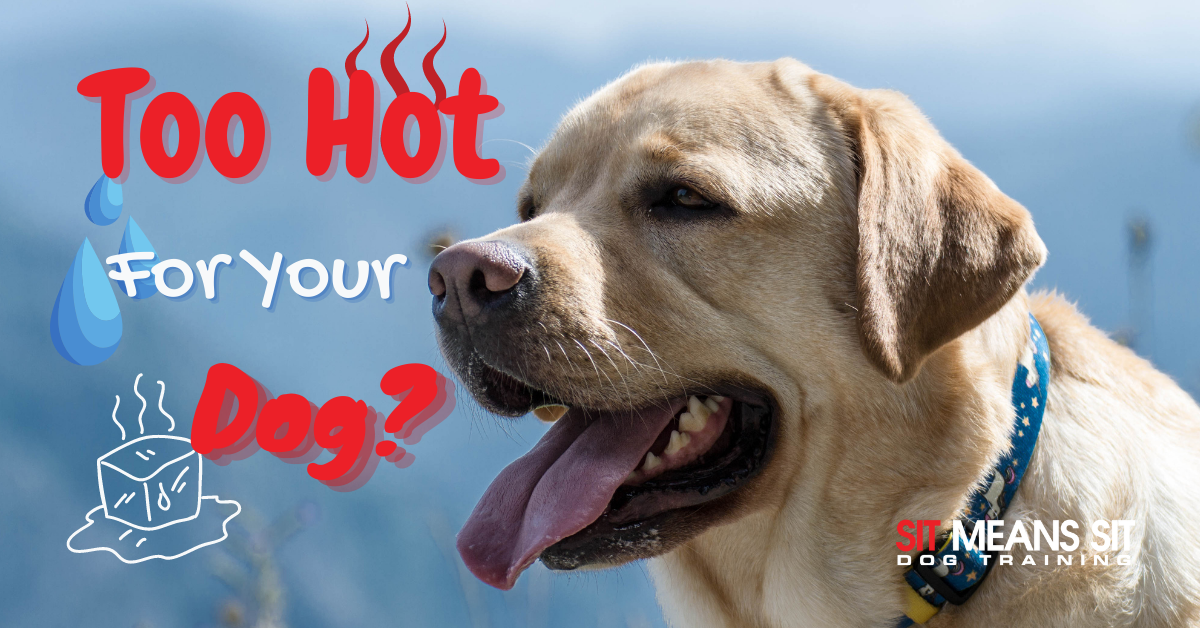
How Hot Is Too Hot For A Dog?
Dogs need to be stimulated with daily exercise, which means they may need more space than just your living room to play. Outdoor exercise is great for dogs as it allows them to run around, experience new sights, sounds, and smells, and get some fresh air. But during the summer months, it may be too hot for your dog to be outside all day. This may leave you wondering “how hot is too hot for my furry friend”?
Some dog breeds are actually more suited for high temperatures, such as an Australian Cattle Dog. But other dogs may be searching for a cool spot after 5 minutes of being outside. Either way, dogs should not be exposed to extreme heat for long periods of time or there could be severe consequences.
Consider Your Dog’s…
- Coat Color– Your dog may have a darker coat, like brown or black, which absorbs more heat from the sun’s rays. This can allow temperatures to trap easier compared to a dog with a lighter-colored coat, like white.
- Coat Type– As obvious as this may be, dogs with multiple, or thick coat layers will overheat much fast than dogs with a finer coat. This is the equivalent of you going out on a hot, sunny day in a long sleeve shirt, hoodie, and winter coat!
- Weight & Structure– Overweight dogs carry more fat on their body which increases the time in which they can withstand heat. It is also harder for them to cool down after being overheated.
- Age & Health– Adult dogs that are healthy can regulate their body temperatures much easier than puppies and senior dogs. They are also less prone to develop more severe consequences of being overheated or getting heatstroke.
- Condition– A dog who is used to warmer temperatures will be more susceptible to being outside on a hot day than a dog who grew up in the cold. The time of adjustment and ability to handle heat will be much greater for a dog that hasn’t been acclimated to very warm weather.
Too Hot To Handle?
A dog doesn’t have the ability to sweat to regulate their body temperature, they pant instead. Panting allows them to cool down and exert heat. But if the heat becomes too extreme (100° F+ or long periods of time outside in high heat), then a dog is unable to cool down fast enough.
Generally, most dogs can handle temperatures up to 90° F if they receive proper shade, water, and airflow. As a rule of thumb, never leave your dog outside unattended, especially in the heat, for long periods of time. Dogs can easily develop heatstroke if you’re not careful. Overheating develops when a dog’s body temperature rises above 103˚F. If a dog’s body temperature rises to 106˚F+, then they are at risk of suffering heatstroke, which can end tragically if not treated immediately.
